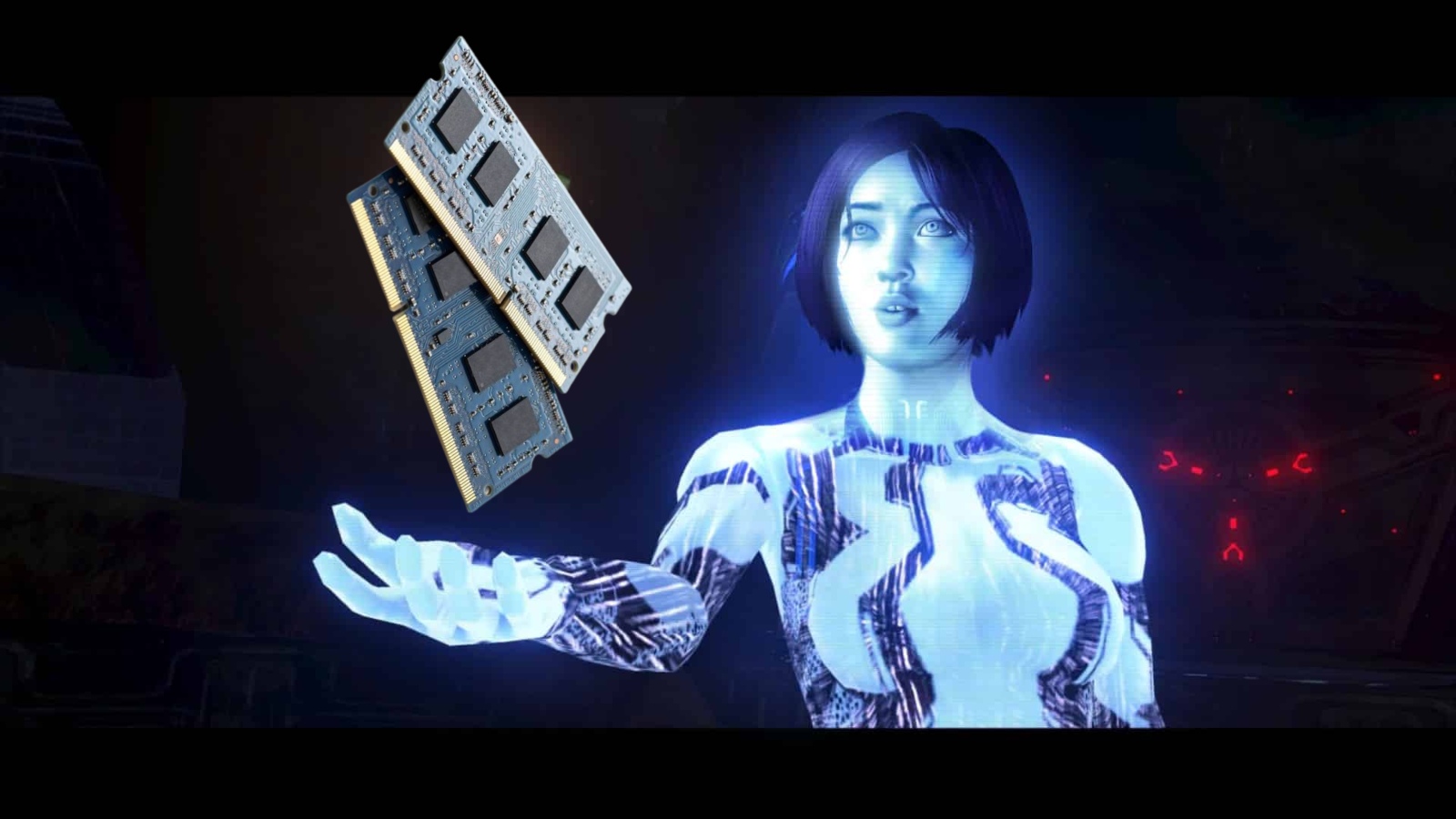- AMD’s RDNA 5 architecture is said to be built from the ground up.
- A report suggests AMD ran into hurdles when developing RDNA 3 GPUs, and RDNA 4 will be based on the same architecture.
- AMD could also ditch the RDNA branding for the next generation after RDNA 4.
While the launch of AMD RDNA 4 might not be as exciting as Blackwell’s, the RDNA 5 architecture seems promising and might finally be the answer to its competitors.
AMD’s future RDNA 5 GPUs, as per a credible source on the Chiphell Forum, are set to be developed from scratch and are intended to mark a significant milestone comparable to the “Zen” moment for the Radeon division.
Why it matters: AMD’s Zen lineup was seen as a major comeback moment for the company that allowed it to pull ahead in the gaming CPU market.

According to the report, AMD’s roadmap for the RDNA 3 GPU lineup encountered some setbacks.
These included the final silicon failing to meet internal performance targets and an efficiency increase that fell short of the initial expectations. In contrast, NVIDIA’s “Ada” GPUs surpassed AMD’s RDNA 3 chips in efficiency across various segments.
AMD was compelled to revise its designs after it initially aimed to incorporate up to 192 MB of Infinity Cache. However, due to cost and power constraints, this was ultimately reduced to just 96 MB.
RDNA 5, on the other hand, is on track to introduce a new architecture built entirely from the ground up. There’s speculation surrounding whether AMD will stick with the RDNA 5 branding or opt for an entirely new designation altogether.
The source states that the upcoming RDNA 4 GPUs from AMD will most likely end up as an architectural modification of RDNA 3 GPUs. The Navi 48 and Navi 44 SKUs are both aimed at mainstream and entry-level users like the first-generation RDNA variants.
The performance of ray tracing is one area where we might see significant gains, with this report being consistent with past rumors we have heard thus far.
Aside from architectural changes and performance gains, AMD is still lacking in other areas. While upscaling technology from AMD has improved over the years, it still lacks perfection and falls short of competing technologies like DLSS.
AMD is working on a new generation of upscaling technology known as Fidelity FX Super Resolution 3.1. The company has yet to share any results, but this version might close the gap between Nvidia and AMD’s upscaling.
Thank you! Please share your positive feedback. 🔋
How could we improve this post? Please Help us. 😔
[News Reporter]
Malik Usman is student of Computer Science focused on using his knowledge to produce detailed and informative articles covering the latest findings from the tech industry. His expertise allows him to cover subjects like processors, graphics cards, and more. In addition to the latest hardware, Malik can be found writing about the gaming industry from time to time. He is fond of games like God of War, and his work has been mentioned on websites like Whatculture, VG247, IGN, and Eurogamer.


 Threads
Threads

